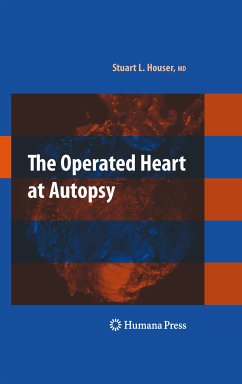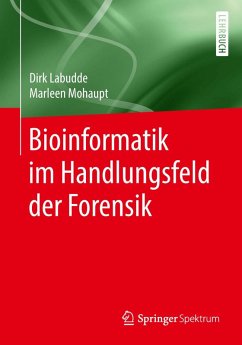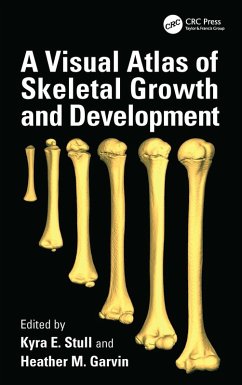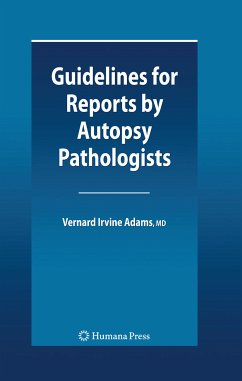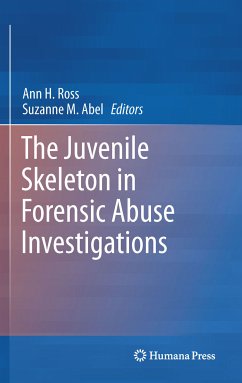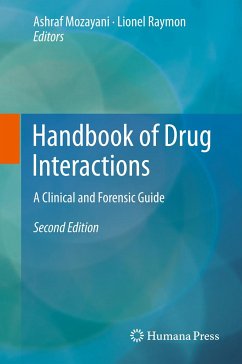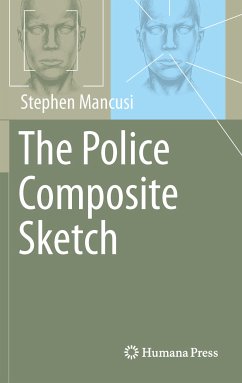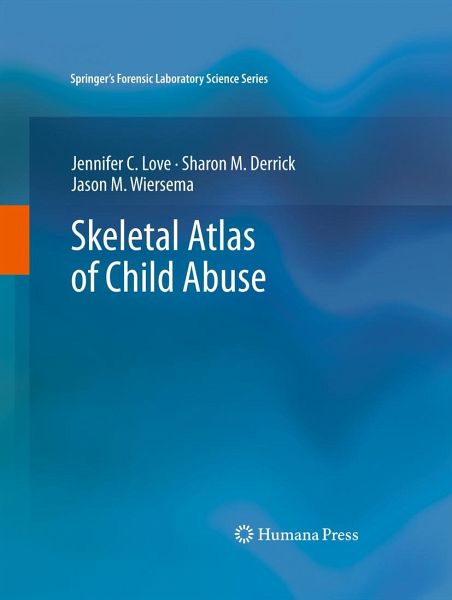
Skeletal Atlas of Child Abuse (eBook, PDF)
Versandkostenfrei!
Sofort per Download lieferbar
160,95 €
inkl. MwSt.
Weitere Ausgaben:

PAYBACK Punkte
80 °P sammeln!
This illustrated guide to the role of the forensic anthropologist in investigating child abuse is an essential resource in one of the most contentious areas of forensic pathology. Not only does it supply a review of the literature in this field, but it illustrates the material with photographs from real cases investigated by the Harris County Institute of Forensic Sciences, which serves a population of four million people. Broken down into body regions and skeletal elements for ease of reference, the atlas facilitates the vital work performed by forensic anthropologists, who bring to the autop...
This illustrated guide to the role of the forensic anthropologist in investigating child abuse is an essential resource in one of the most contentious areas of forensic pathology. Not only does it supply a review of the literature in this field, but it illustrates the material with photographs from real cases investigated by the Harris County Institute of Forensic Sciences, which serves a population of four million people. Broken down into body regions and skeletal elements for ease of reference, the atlas facilitates the vital work performed by forensic anthropologists, who bring to the autopsy table a store of specialist knowledge that can turn a case.
Despite the frequency of child fatalities (in America, 2.3per 100,000) attributed to physical abuse, merely recognizing the offense is a major forensic challenge. The tell-tale signatures of non-accidental injury can be very subtle, making it difficult to differentiate between accidental and non-accidental injury. Yet successful adjudication of a child abuse case often rests on the correct interpretation of skeletal injury.
In this volume the authors guide the reader through published data regarding the mechanics and interpretation of injuries,including the agencies they indicate. The material includes discussion of the limitations faced in interpreting some injuries, where making a judgment on cause is tricky. In addition, a chapter on natural diseases affecting the bones provides a good overview of several conditions that are often invoked as 'mimics' of child abuse. Finally, this publication evinces the value of collaboration between the pathologist and the anthropologist.
Despite the frequency of child fatalities (in America, 2.3per 100,000) attributed to physical abuse, merely recognizing the offense is a major forensic challenge. The tell-tale signatures of non-accidental injury can be very subtle, making it difficult to differentiate between accidental and non-accidental injury. Yet successful adjudication of a child abuse case often rests on the correct interpretation of skeletal injury.
In this volume the authors guide the reader through published data regarding the mechanics and interpretation of injuries,including the agencies they indicate. The material includes discussion of the limitations faced in interpreting some injuries, where making a judgment on cause is tricky. In addition, a chapter on natural diseases affecting the bones provides a good overview of several conditions that are often invoked as 'mimics' of child abuse. Finally, this publication evinces the value of collaboration between the pathologist and the anthropologist.
Dieser Download kann aus rechtlichen Gründen nur mit Rechnungsadresse in A, B, BG, CY, CZ, D, DK, EW, E, FIN, F, GR, HR, H, IRL, I, LT, L, LR, M, NL, PL, P, R, S, SLO, SK ausgeliefert werden.



